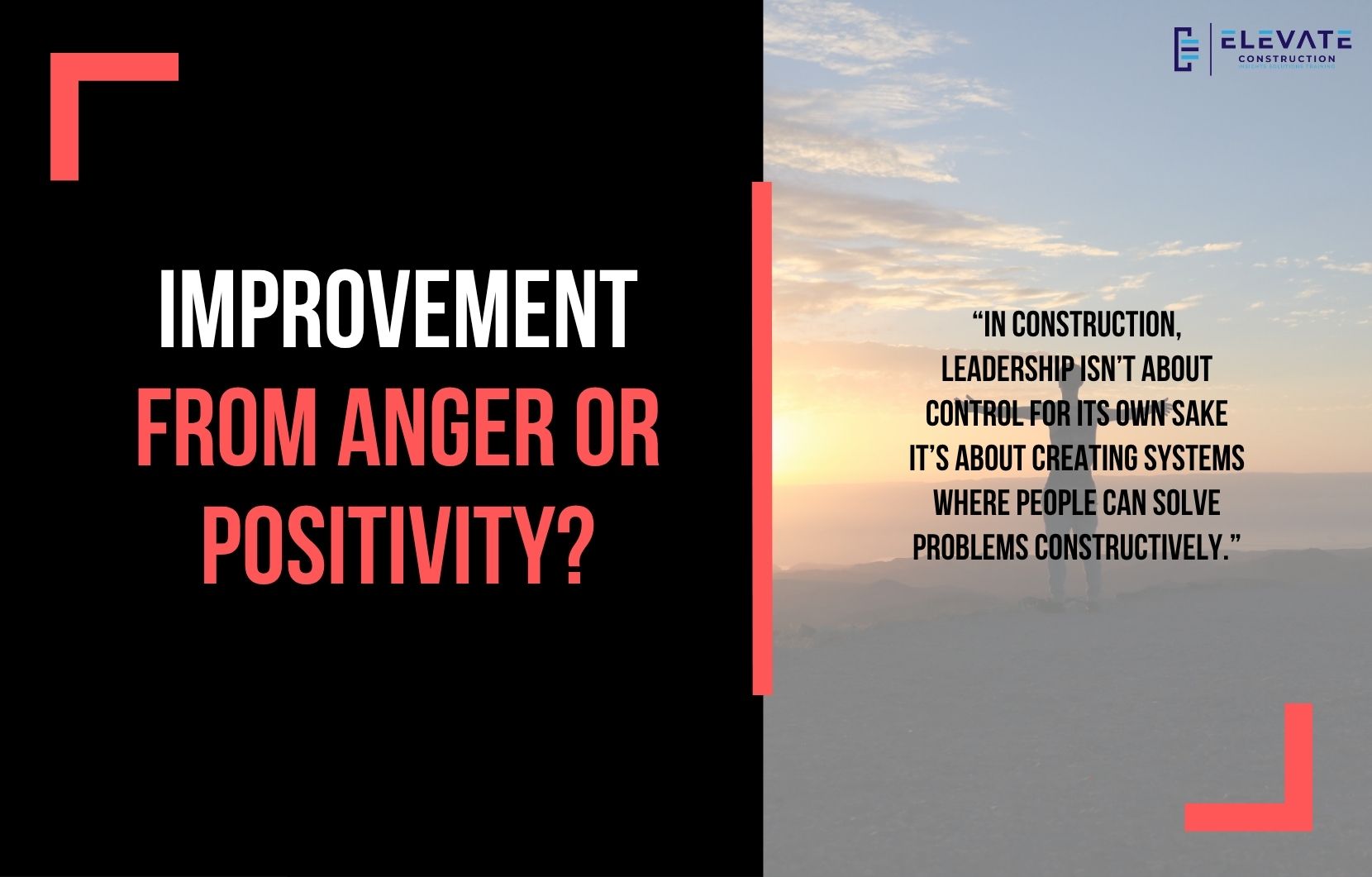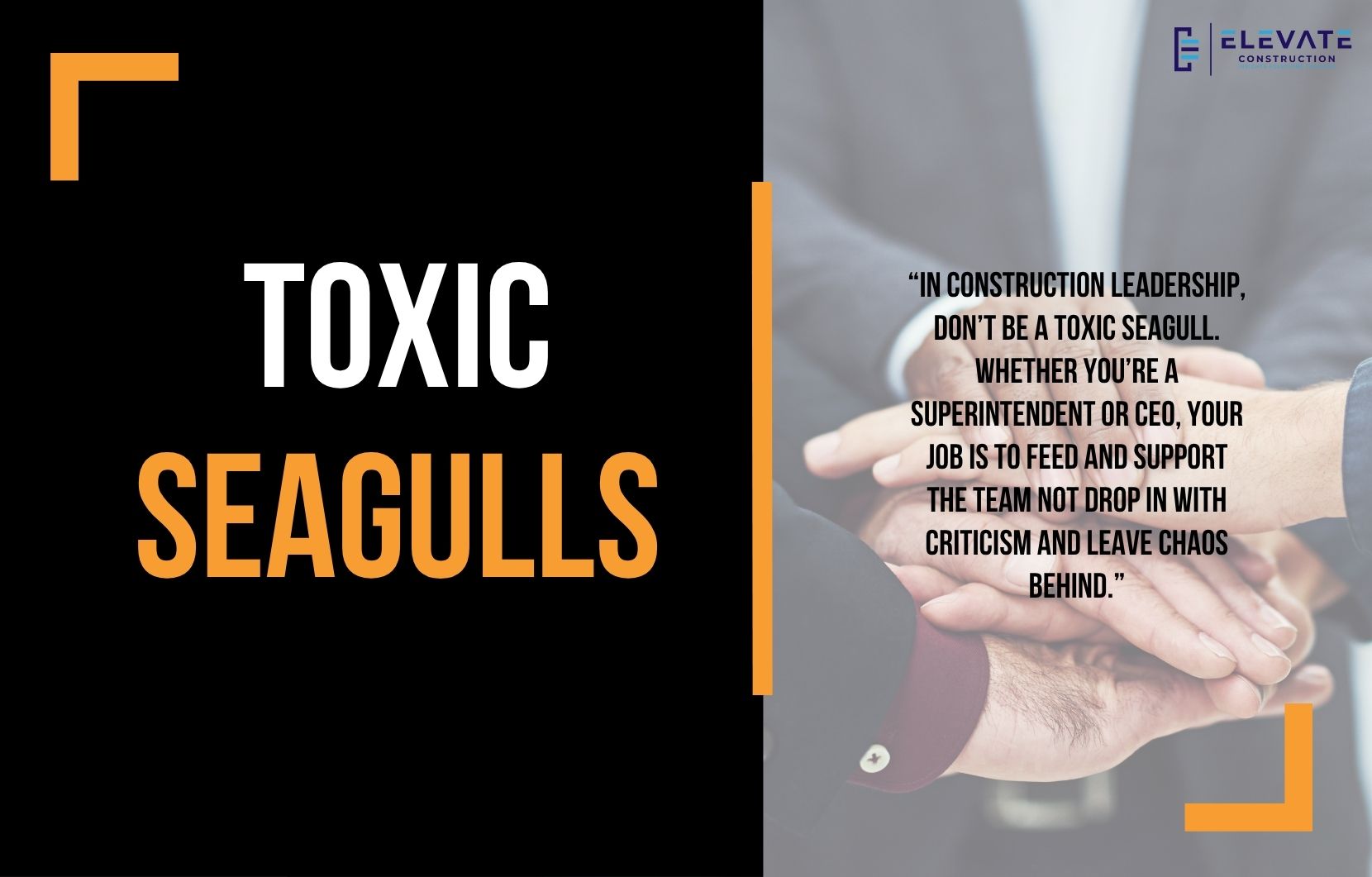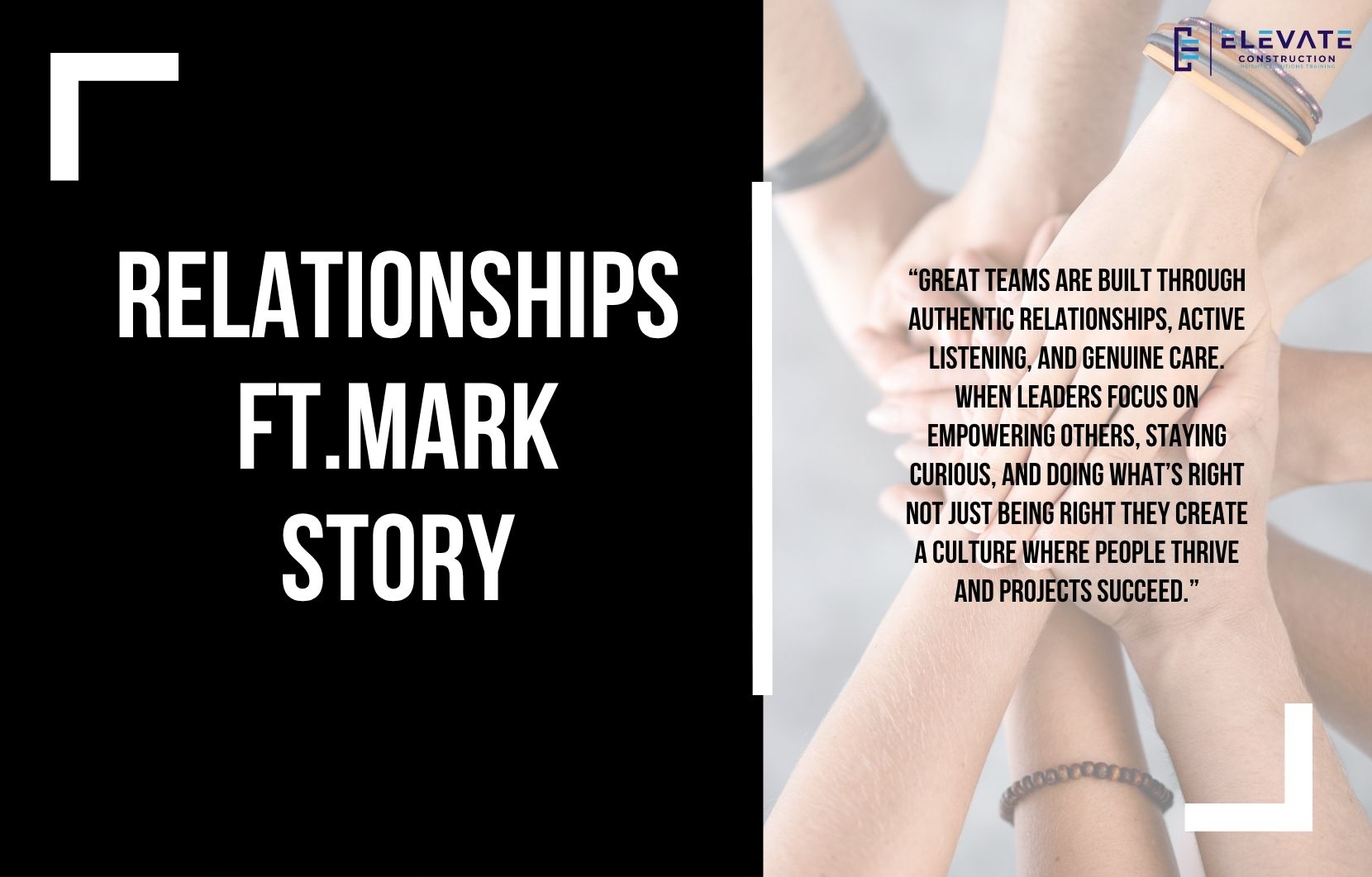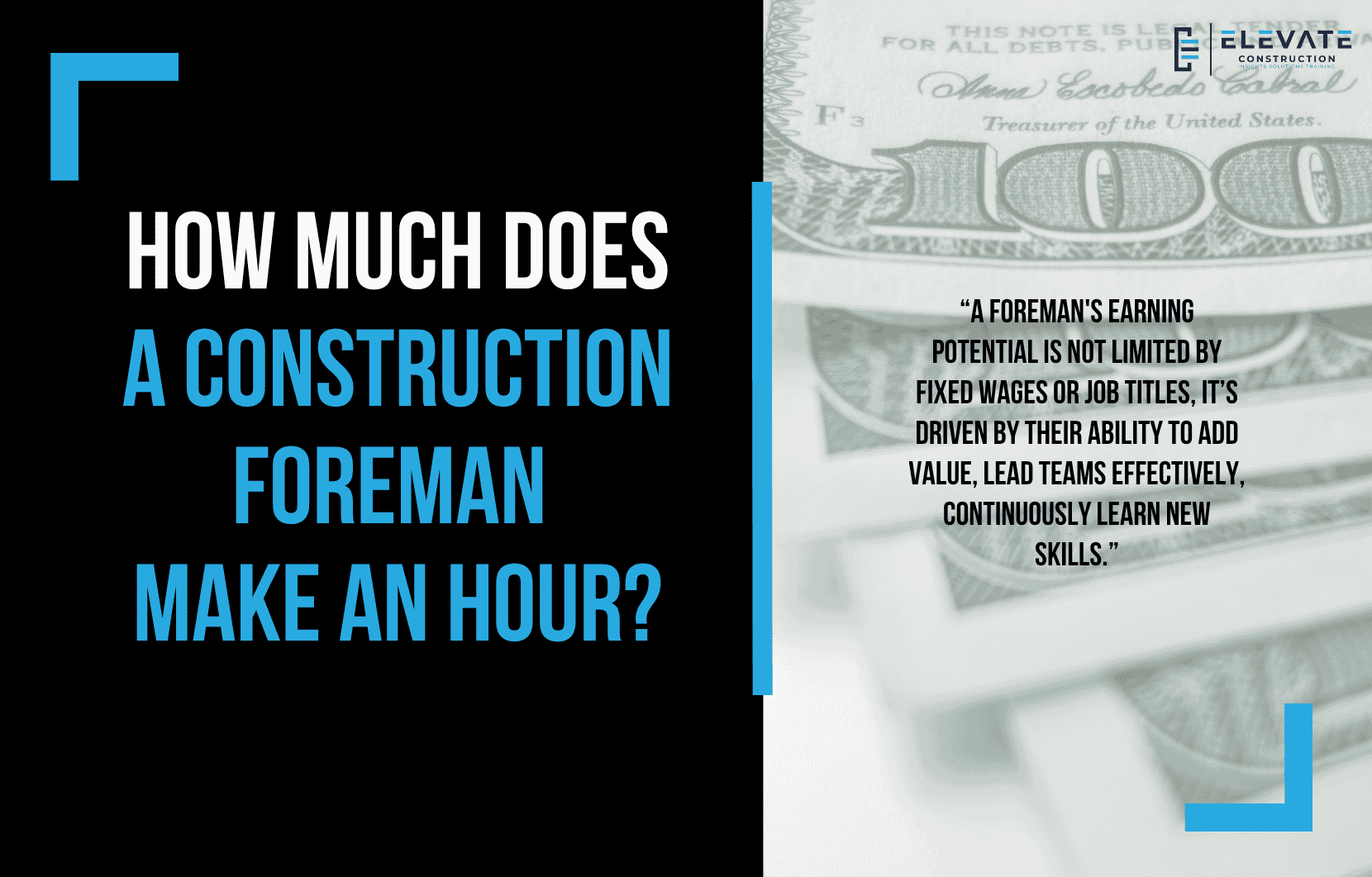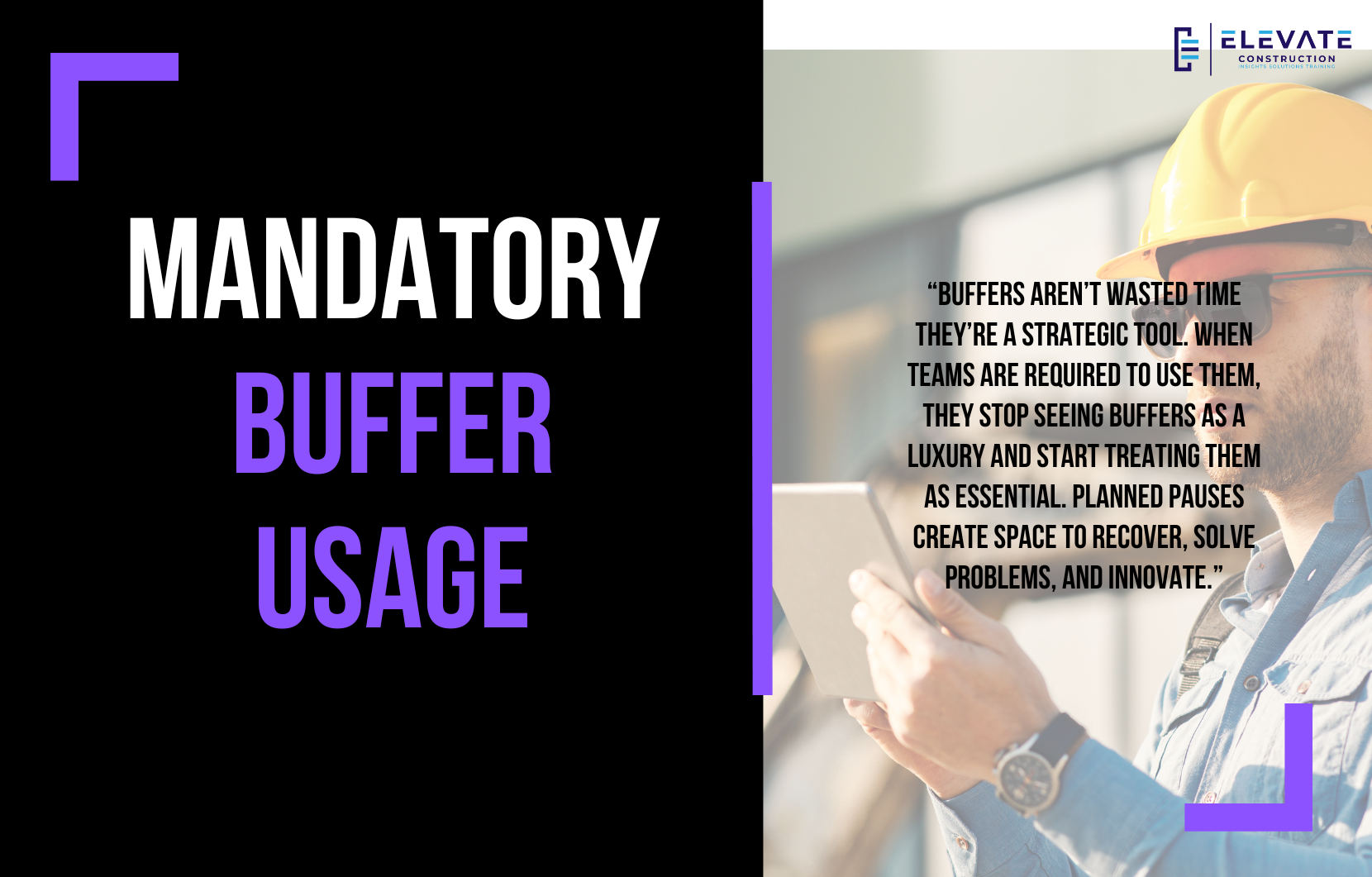In this blog, I want to share a concept that’s critical when it comes to solving problems in construction teams and leadership environments.
But before diving in, here are a few quick updates: the CPM book now features a foreword by Felipe Engineer, the General Superintendent book is nearly complete, the Takt Planning book has been revamped with 25 new pages, and the Field Engineer book is progressing well. We’ve got exciting video content coming soon too. Oh and we just wrapped up a strategy call with Paul Akers and our partners in preparation for an incredible Japan trip.
Let’s now touch on a few important leadership principles:
Always have buffers. Buffers do not waste time they protect it. Moving work ahead unnecessarily creates variation and chaos. Flow thrives in systems designed with buffers. Just like your body uses buffers in its systems (think breathing, blood circulation), projects need buffers to create predictable and efficient workflows. Sadly, some leaders still believe buffers breed laziness. That’s simply not true. Buffers are a mark of intelligent design not inefficiency.
Control is not the enemy. Too much control, especially over people, is ineffective. But too little is disrespectful. We must control jobsite cleanliness, safety, and respect. To claim nobody should control anything is to misunderstand how the world works. We control for the sake of safety, quality, and stability.
Stop comparing everything to data centers. Data center construction is often disorganized and rushed. While some teams may do great work, data centers aren’t inherently better it’s about the people and the systems they use, not the type of project.
Let’s now get to the core idea of this blog:
Problems can either lead to improvement or turn into suspicion and criticism. This depends on the environment created by leadership. If a company is structured with strong feedback loops and an open culture, problems become opportunities for growth. But if there’s no mechanism for improvement, frustration festers. Employees, understandably wired for fear and protection, will default to suspicion and negativity.
As leaders, we must build environments where people are heard, feedback is acted upon, and improvement is part of the culture. On the flip side, employees should also seek to raise concerns with a solution-focused mindset. While it’s okay to point out issues without having a fix, aiming to collaborate on a better path forward is even more powerful.
One more analogy worth sharing: in leadership, avoid being the kind of seagull that flies into the jobsite, creates chaos, and disappears. Instead, come prepared to help like a seagull bringing nourishment, not disruption. The goal is to leave the team better than you found them: more supported, more equipped, more stable.
Key Takeaway:
In construction, leadership isn’t about control for its own sake it’s about creating systems where people can solve problems constructively. Problems should be met with collaboration and feedback, not suspicion. Leaders must build feedback loops, and team members should respond with solutions and a positive mindset. When both sides embrace improvement, real change happens.
If you want to learn more we have:
-Takt Virtual Training: (Click here)
-Check out our Youtube channel for more info: (Click here)
-Listen to the Elevate Construction podcast: (Click here)
-Check out our training programs and certifications: (Click here)
-The Takt Book: (Click here)
Discover Jason’s Expertise:
Meet Jason Schroeder, the driving force behind Elevate Construction IST. As the company’s owner and principal consultant, he’s dedicated to taking construction to new heights. With a wealth of industry experience, he’s crafted the Field Engineer Boot Camp and Superintendent Boot Camp – intensive training programs engineered to cultivate top-tier leaders capable of steering their teams towards success. Jason’s vision? To expand his training initiatives across the nation, empowering construction firms to soar to unprecedented levels of excellence.
On we go

